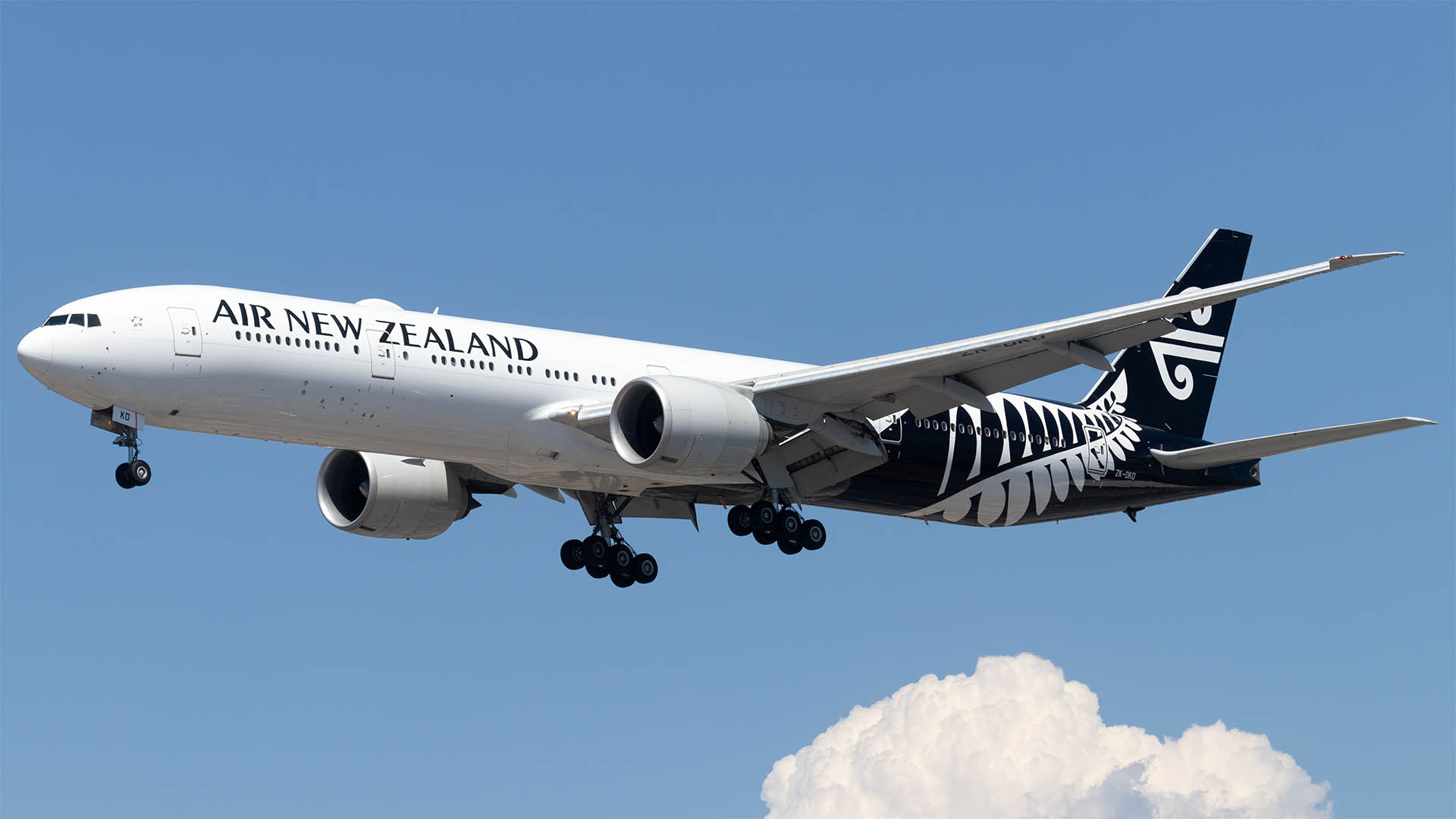While National Australia Bank ((NAB)) reported a decline in cash profit of -33% in the first half the focus for brokers was on loan loss scenarios, the bank’s capital position and whether there is any sign of revenue growth.
Morgan Stanley expects corporate drawdowns and repayment deferrals will boost loan growth but de-leveraging could weigh on revenue growth prospects, while Shaw and Partners considers the outlook for revenue growth is promising because of the expansion of business loans.
First half cash earnings were $1.44bn, the results brought forward 10 days to facilitate a $3.5bn capital raising. Results were generally well below estimates, largely stemming from weaker trading income.
The main source of weakness was the soft markets and treasury performance, down -31%. Marking to market losses and derivative value adjustments accounted for most of the decline yet the bank states it has recouped much of these losses in April.
Citi expects revenue growth will accelerate over the next 12 months amid strong business lending, moderating funding costs and less competition. The bank is expected to have sufficient capital for the next two years and the cost savings target of $1bn by September remains in place.
Cost performance in recent years has highlighted NAB’s discipline, which Goldman Sachs believes should position it well for the tough revenue and asset quality environment. The broker, not one of the seven monitored daily on the FNArena database, has a Buy rating and $17.50 target.
Provisions
That said, the $807m increase in provisions appears light to both Citi and Credit Suisse, given the unprecedented impact from the pandemic. Commercial losses, in particular, appear to Citi to be significantly lower than for similar economic events.
Morgan Stanley calculates the bank is assuming the probability of a severe downturn is 30% for the business loan portfolio but only 7-8% for the housing and consumer finance portfolio.
The broker forecasts cumulative loan losses from FY20-22 at $8.6bn. Shaw suspects the provisions may be inadequate because of a larger decline in housing and a further worsening of business conditions amid higher unemployment.
Margins
On a more positive note, net interest margins were flat compared with the second half of FY19, at 1.78%. Housing re-pricing benefits were offset by lower earnings on capital and deposits.
Goldman Sachs assesses the bank’s ability to manage the trade off between margins and volumes has improved considerably and this bodes well for the elevated commercial lending drawdown that is likely to occur over coming months.
NAB now expects FY20 Australian business lending growth of 13-16%, mostly relating to drawdowns. Business loan margins are rising as the bank increases the price for credit risk although, as Shaw points out, this is beneficial for income but the advantage could be lost in higher bad debts.
Risk Weighting
What irked many brokers was the likely increase in credit risk-weighted assets as economic conditions deteriorate. This could result, at the lower end, in an -80 basis points impact on pro forma CET1 capital, or -180 basis points at the higher end.
The decline in profit and growth in risk-weighted assets produced a CET1 ratio of 10.4% in the half. The bank considered this too low, in view of the potential for large bad debts, hence the capital raising. Morgan Stanley models an impact on the CET1 ratio of more than -140 basis points stemming from higher risk weighting density but considers this more than offset by the capital raising and reduced balance sheet growth.
Shaw assesses credit risk is the most significant risk for NAB as weaker asset quality not only adversely affects profits but also the ability to pay dividends. This may lead to a further reduction in the dividend and more capital being raised.
Yet Citi assesses further capital raisings are unlikely and the stock should be priced on its prospective dividend yield. The interim dividend was down -64% at $0.30 per share and the broker expects the dividend will be restored to $0.60 in the second half and $0.65 per half in FY21.
In other news, the bank has also indicated it is progressing the separation via public markets of MLC, but is also exploring alternatives, subject to market conditions.
Shaw and Partners, not one of the seven, has a Buy rating and $19 target. FNArena’s database has five Buy ratings and two Hold. The consensus target is $18.71, suggesting 20.0% upside to the last share price. The dividend yield on FY20 and FY21 forecasts is 4.2% and 6.7% respectively.












